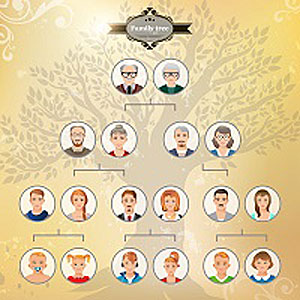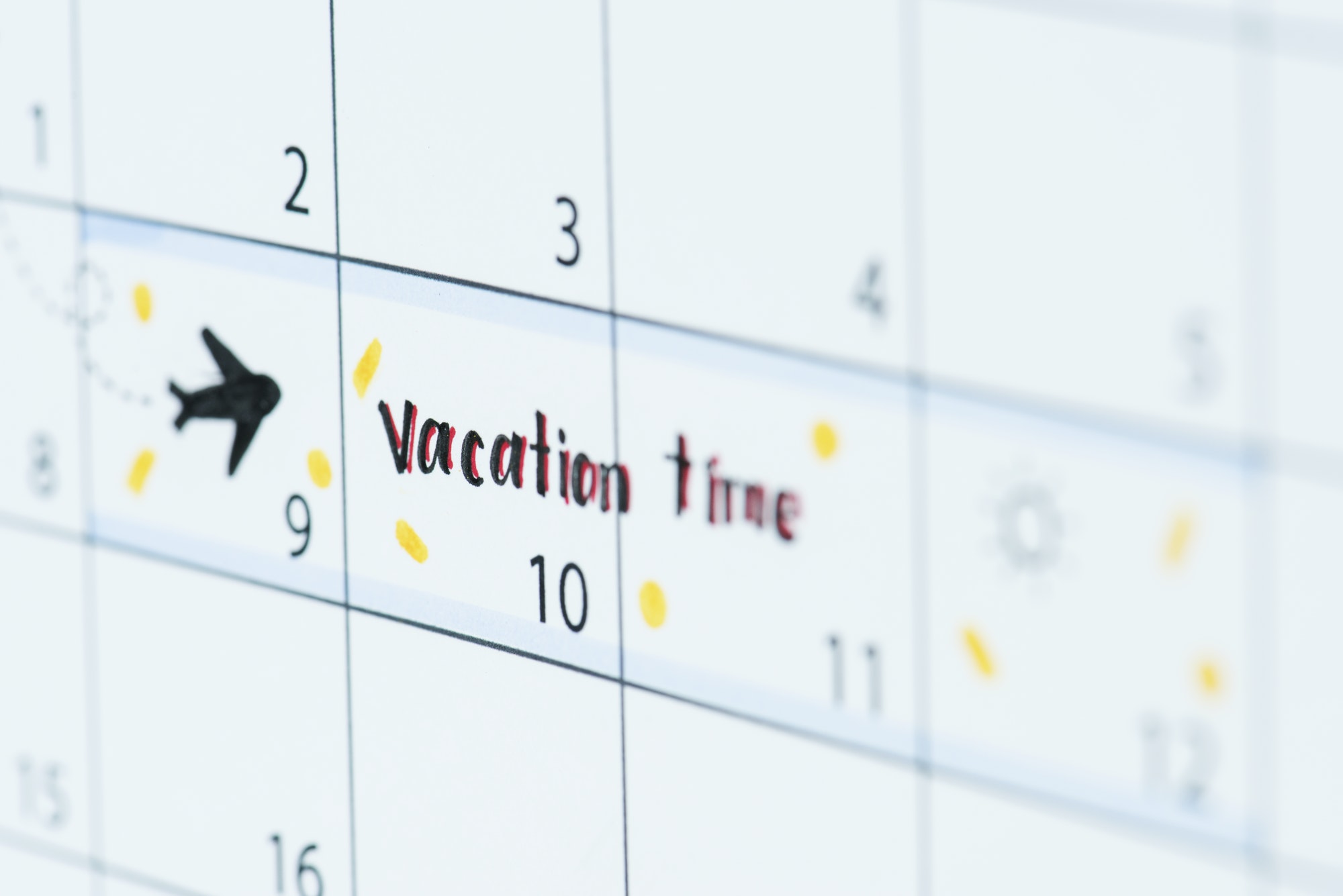9 Tips for Traveling to Find Your Ancestors

Genealogical travel—travel to trace your heritage and find your ancestors—continues to be trendy, especially in summer. PBS’s “Finding Your Roots with Henry Louis Gates, Jr.” and the recent remake of Alex Haley’s “Roots” attest to the popularity of discovering one’s heritage. It’s empowering to discover your background and to walk the streets your ancestors walked before leaving for a new world. To make the most of your journey abroad, do your research well ahead of time.
Start now to plan your heritage travel for next summer. Here are some tips to make the most of your trip.
Before You Travel
- Use government resources. The US government’s genealogy and family history page provides a list of useful resources in the US that include state archives, the Census Bureau’s Genealogy Page, the Nationwide Grave Site Locator, and the Statue of Liberty-Ellis Island Foundation’s 51 million passenger records. Contact military organizations, if appropriate.
- Contact state and regional genealogical societies. Some of the scores of organizations include: Afro-American Historical and Genealogical Society, American-French Genealogical Society, German Genealogical Society, Hispanic Genealogical Society, Italian Genealogical Society, Irish Genealogical Society, Jewish Genealogical Society, Polish Genealogical Society, and the Scandinavian-American Genealogical Society.
- Learn how to research family history. The National Archives and Records Administration offers workshops throughout the US on genealogy and searching records. The National Genealogical Society has publications, seminars, and conferences on discovering your family history.
- Join already existing search groups. Some groups are free and some require a fee or donation. By using these resources, you can more easily search records, build upon others’ research and possibly discover relatives. Among the sites: Ancestry.com, FamilyTree.com, and JewishGen.org.
- Consider analyzing your DNA. While this won’t tell you what village your ancestors hailed from, DNA can give you a general sense of your heritage. Many organizations have an option that allows you to connect with your DNA cousins, another way of gaining long lost family history. Organizations include: Family Tree DNA, AncestryDNA, and 23andMe.
- Talk to your relatives. Gather as many facts and anecdotal information as you can from relatives, especially the long lost ones. This can be productive and also fun.
- Learn the region’s history. Borders and names of towns change. Understand the political shifts that occurred before and after your relatives left. Your great-grandparents’ village may have been obliterated in a war or wiped out by a flood.
- Find maps that show the region in your ancestors’ eras. The shtetl or village you seek is likely not going to appear on a contemporary map. Find a map that displays the borders, towns, and villages that existed when your ancestor lived in that region.
- Contact helpful organizations and people abroad before your trip. Once you’ve narrowed your search and targeted a specific region abroad, contact that area’s local library, county office, census bureau, or church. Find out as much as you can before your trip so you can focus your overseas search. If there are libraries and other resources you plan to use, don’t just show up. Make an appointment ahead of time.


 Physician's Money Digest
Physician's Money Digest Physician's Money Digest
Physician's Money Digest Physician's Money Digest
Physician's Money Digest Physician's Money Digest
Physician's Money Digest Physician's Money Digest
Physician's Money Digest Physician's Money Digest
Physician's Money Digest Physician's Money Digest
Physician's Money Digest Physician's Money Digest
Physician's Money Digest